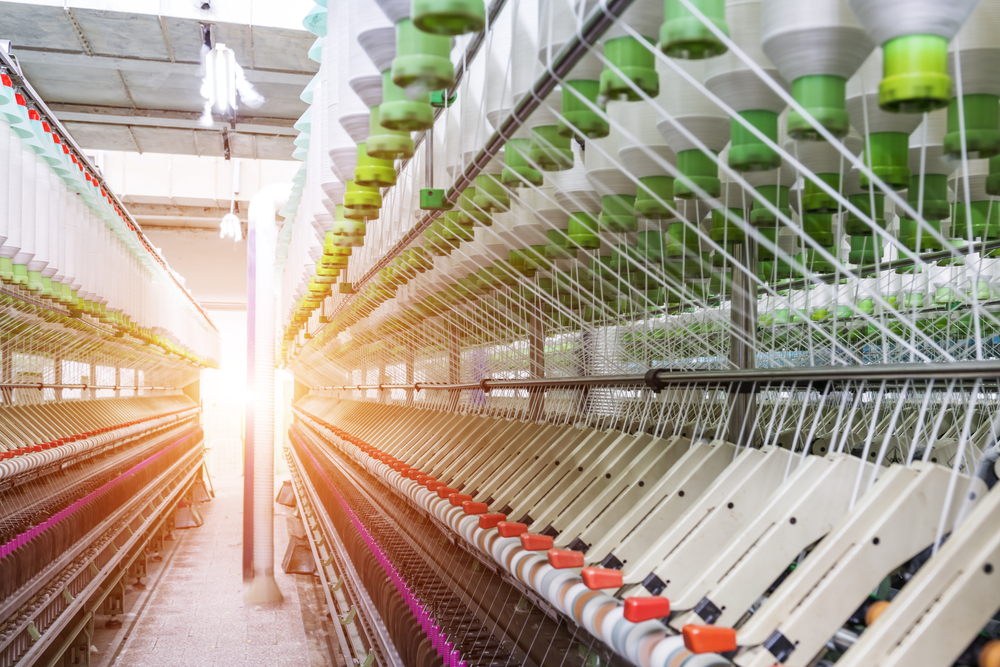The Pakistan textile industry
The Pakistan textile industry as a manufacturer and exporter of knitwear is a dynamic component of the multidimensional textile manufacturing sector, which incorporates the production of various fabrics and materials used in clothing, home furnishings, and industrial applications. From the cultivation of raw fibers to the creation of finished textiles, the manufacturing process involves several stages of transformation. We will delve into an example of textile manufacturing, with a focus on the Pakistan textile industry, shedding light on the process involved, from the early stages of fiber production to the final product.
Example: Cotton Textile Manufacturing Cotton is one of the most extensively used natural fibers, well-known for its adaptability, ease, and breathability. The production of cotton textiles involves a comprehensive procedure that can be characterized into five key stages: cultivation, harvesting, ginning, spinning, and weaving.
- Cultivation: The primary step in cotton textile manufacturing is cultivating cotton plants. This comprises preparing the soil, sowing the seeds, and providing the necessary conditions for growth. Cotton plants thrive in warm climates with sufficient sunlight and moderate rainfall.
- Harvesting: When the cotton plants mature, they are prepared for harvesting. This normally occurs after the bolls, which contain the cotton fibers, burst open. Farmers use mechanical harvesting machines or manual labor to gather the cotton bolls.
- Ginning: Next harvesting, the cotton go through the ginning process. Ginning involves unscrambling the cotton fibers from the seeds and removing any impurities, such as leaves or stems.
- Spinning: The next step is spinning, where the cotton fibers are converted into yarn. The ginned cotton fibers are aligned and twisted together to form a continuous strand. Numerous spinning techniques, such as ring spinning or open-end spinning, can be employed to create different types of yarns with changing properties.
- Weaving: Once the yarn is prepared, it is sent to textile mills where it undergoes the weaving process. Weaving involves connecting the yarns at right angles to form a fabric. Different weaving methods, such as plain weave, twill weave, or satin weave, can be used to produce fabrics with different textures and patterns.
In the textile industry, quality control and finishing processes play a vital role in safeguarding that the final knitwear product meets the preferred standards. As a manufacturer and exporter of knitwear, it is vital to contrivance stringent quality control measures during the whole manufacturing procedure.
End Products:
The end products of cotton textile manufacturing are immense and diverse, extending from everyday clothing items like t-shirts, jeans, and dresses to home kinds of stuff such as bed sheets, curtains, and furnishings. Cotton textiles also find submission in industrial sectors, including medical textiles, automotive interiors, and technical textiles.
A prominent player in the global textile industry:
Predominantly known for its expertise in the manufacturing and export of knitwear. The country claims a vigorous textile sector with a noteworthy contribution to its economy. Pakistani textile manufacturers and exporters of knitwear produce a wide range of products, including t-shirts, sweaters, socks, and other knitted garments. The industry is known for its skilled workforce, modern manufacturing facilities, and competitive prices, making it a preferred choice for buyers worldwide.
Conclusion:
Textile manufacturing is a complex process that involves multiple stages of alteration. The example of cotton textile manufacturing reveals the journey of cotton fibers from cultivation to the creation of fabrics. Understanding the manufacturing process helps us appreciate the immense effort involved in producing the textiles we use in our lives. From the cultivation of cotton plants to the weaving of fabrics, textile manufacturing represents a fascinating blend of tradition, innovation, and creativity.



